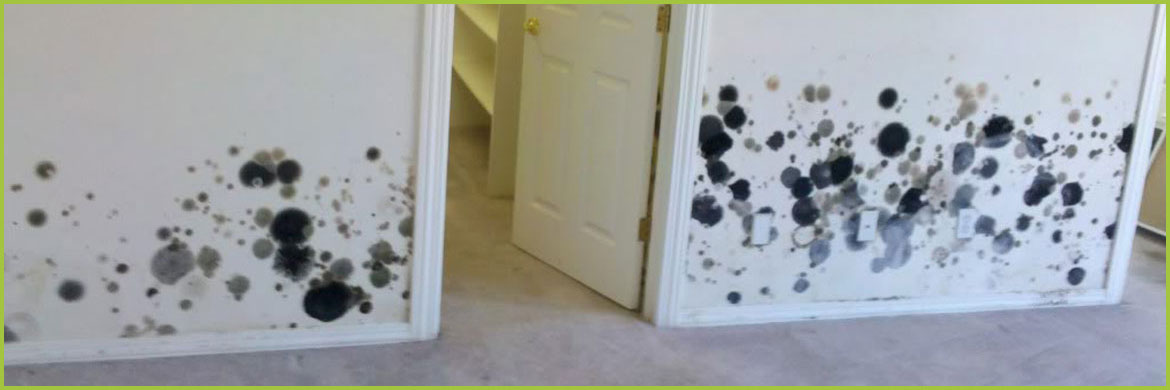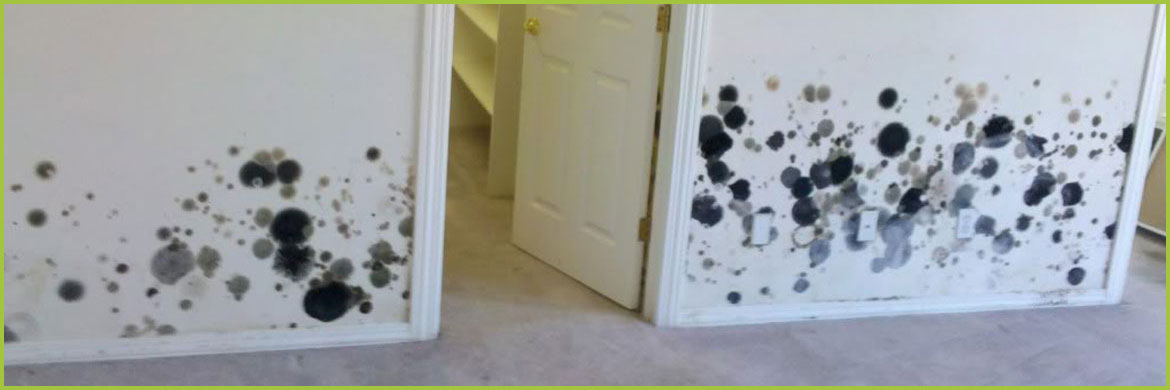Okay so you’ve seen the dreaded black mold, or least mold that is black in color. Now what? Well, there are over 100,000 specific species of molds identified so far. Of those, there are an average of 9 sub-species, meaning that we can identify almost 1 million individual types of mold. How many more species exist? That is anyone’s guess, but given that we used to think there were thousands of stars, but now estimate about 10 septillion, or 10,000,000,000,000,000,000,000, I wouldn’t be surprised if it were many more than current estimates. It has been my experience that my clients break these approximately 1M types of molds into two categories: 1. Black Mold and 2. Not Black Mold. This is a very rudimentary way to classify 1M different species to say the least!
First, let’s establish something. Just because mold is black, does not automatically mean it’s toxic or harmful, and conversely, just because mold is not black does not automatically mean that it isn’t harmful. There are plenty of black-looking molds that don’t harm anyone. More on that in a moment. There are plenty of white, green, and other colored molds that you want no part of.
So what do people mean when they say ‘black mold?’ What they mean is a specific species called Stachybotrys (Pronounced stacky bah-trays), but note that there are no less than 26 different types of Stachybotrys! Stachybotrys, or Stachy (Stack ee) as it’s called in the industry, is black in color, and almost has an oily consistency when wet. Stachy has a hard time affecting air quality compared to other molds because it really is ‘heavy’ relatively speaking. This means that it almost has to be dry before air currents will pick it up. Now, I am not saying that wet Stachy is harmless, only that it is much more concerning when dry.
Contrast Stachy with Aspergillus, which is white or gray. Would you rather have Stachy or Aspergillus? The truth is, neither. Aspergillus presents itself in humans as flu-like symptoms such as fever, cough, runny nose (sound familiar?). So it could be a bacterial infection, or maybe the flu. The problem is, by the time your doctor realizes this, antibacterial are useless. By the time you try an antifungal, you could be at death’s door. Obviously this is an exaggerated example, but it is estimated to cause 600,000 deaths annually world-wide.
So now we have established that color is no indicator of the danger a particular type of mold presents. The truth is that there are certain molds that are toxic, sometimes referred to as ‘marker spores,’ and these are pretty much harmful to anyone and everyone. Current estimates put the number of toxic mold families between 25 and 35. However, just like I am allergic to pollen, but my dad is allergic to ragweed (meaning we get hay fever at different times of the year), we are likely allergic to different types of molds as well. Those reactions can be what we typically think of (runny eyes/nose, coughing, sore throat, skin irritation etc.), but it can also be much more serious to include vertigo, major organ failure and even death. So even non-toxic molds can present their problems.
This is why it’s essential to have a mold remediation expert inspect your home or business to ensure that you aren’t exposed to any of these molds. If you have any questions about determining if a mold is toxic or not, please do not hesitate to call PureSpace and we will promptly inspect it and remove it for you.



